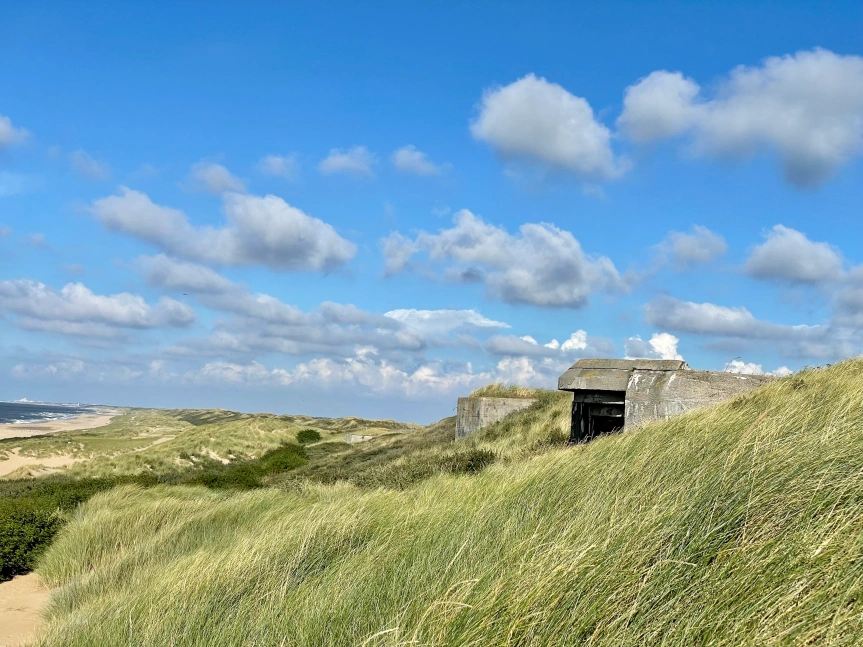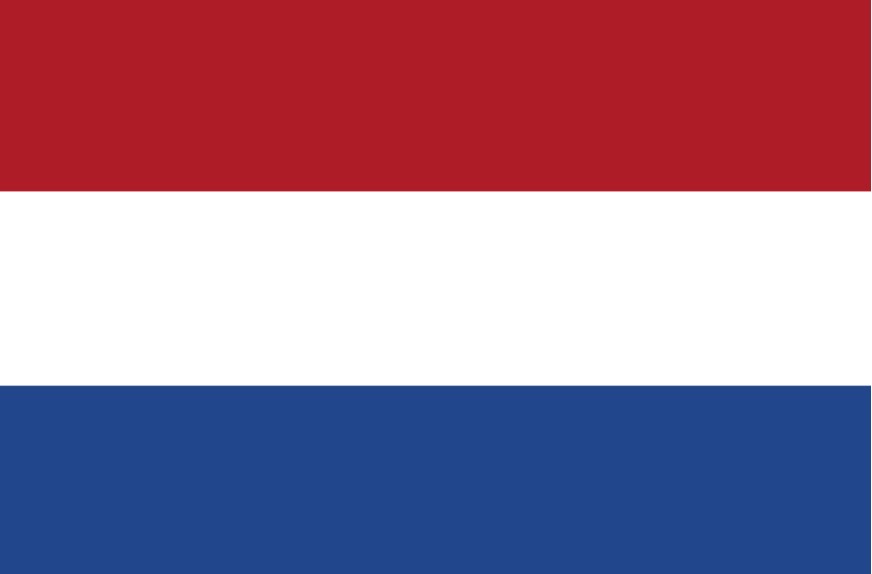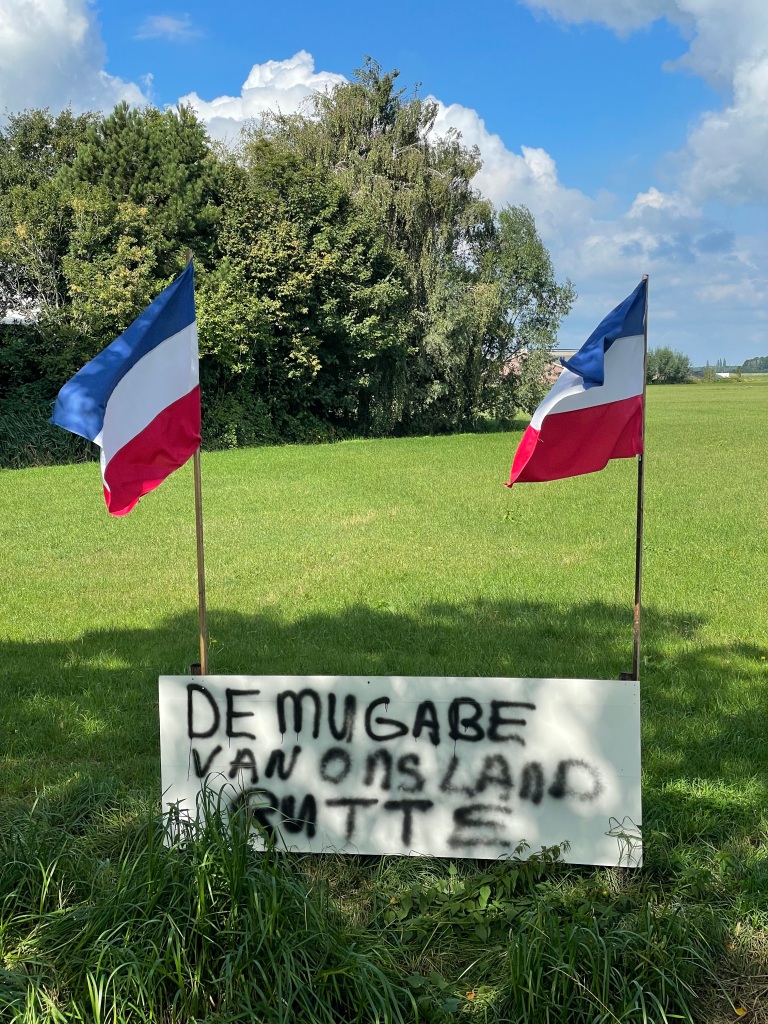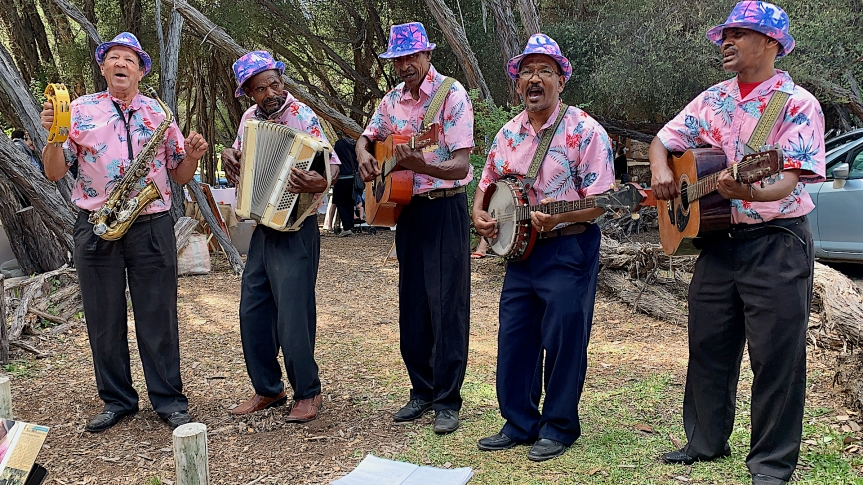A few weeks ago a friend of mine visited the cheese market in the quaint little town Woerden, and I said to myself, ‘ek wil ook soontoe gaan!’ (I do speak Afrikaans when I speak to myself). So I did, and though it was not the big annual cheese festival, the weekly ‘Boerenmark’ (farmer’s market) also was a delight, with plenty to see, eat, learn and photograph.
Driving in the beautiful rural farmland area around Woerden, was both relaxing and highly disturbing.
An international distress signal is to hoist your country’s flag upside down. The Dutch flag has three horisontal colours, with red on top. The Dutch Government recently announced they need to lower nitrogen emissions from the livestock by cutting back on farming activities and this led to widespread protest actions.
‘Dutch government proposals for tackling nitrogen emissions indicate a radical cut in livestock – they estimate 11,200 farms will have to close and another 17,600 farmers will have to significantly reduce their livestock. Other proposals include a reduction in intensive farming and the conversion to sustainable green farms. As such, the relocation or buyout of farmers is almost inevitable, but forced buyouts are a scenario many hope to avoid.’ (BBC News 29 July).
Traveling in The Netherlands nowadays the scene is marked by upside down distress call flags and messages against the planned government action.

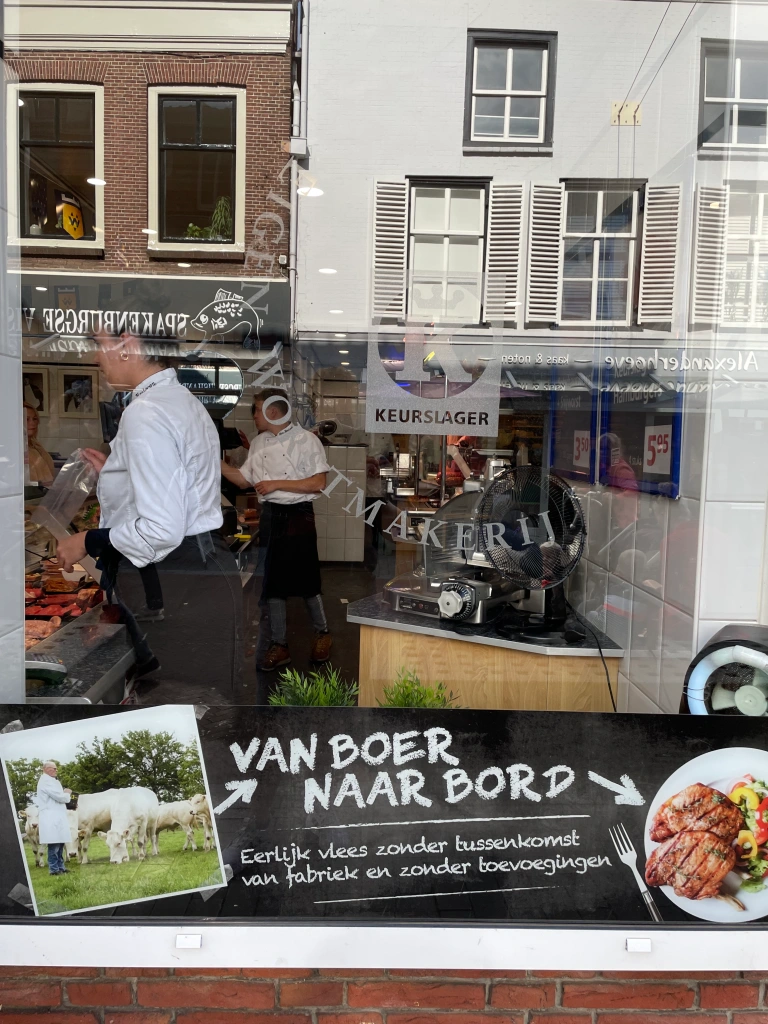
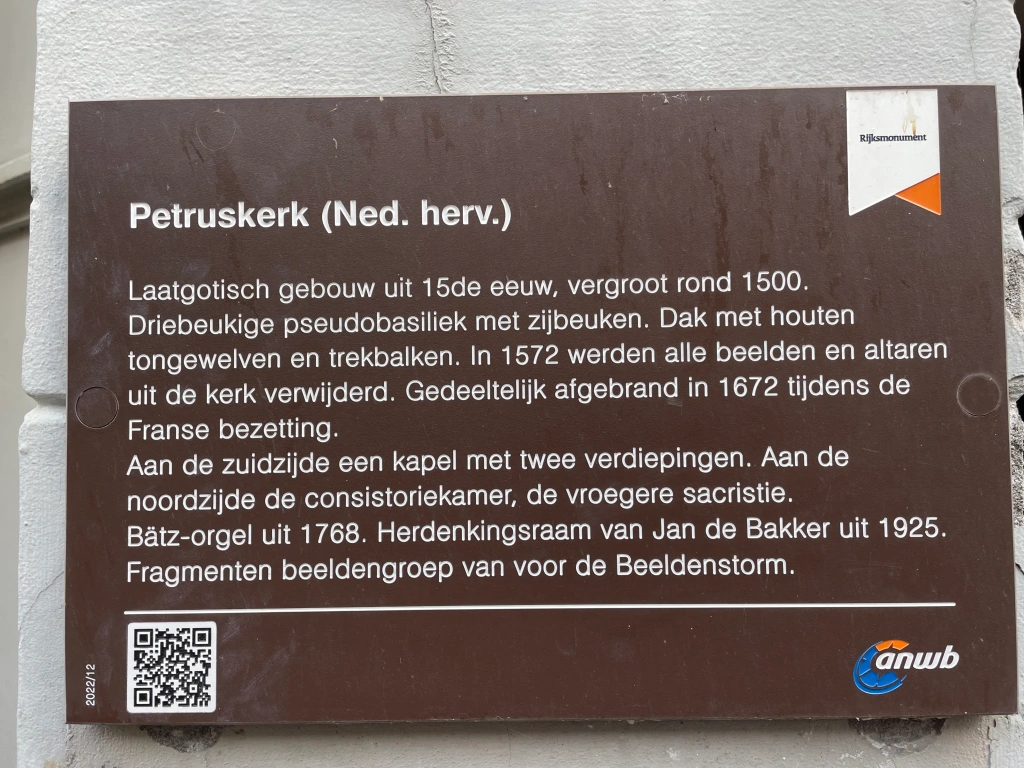
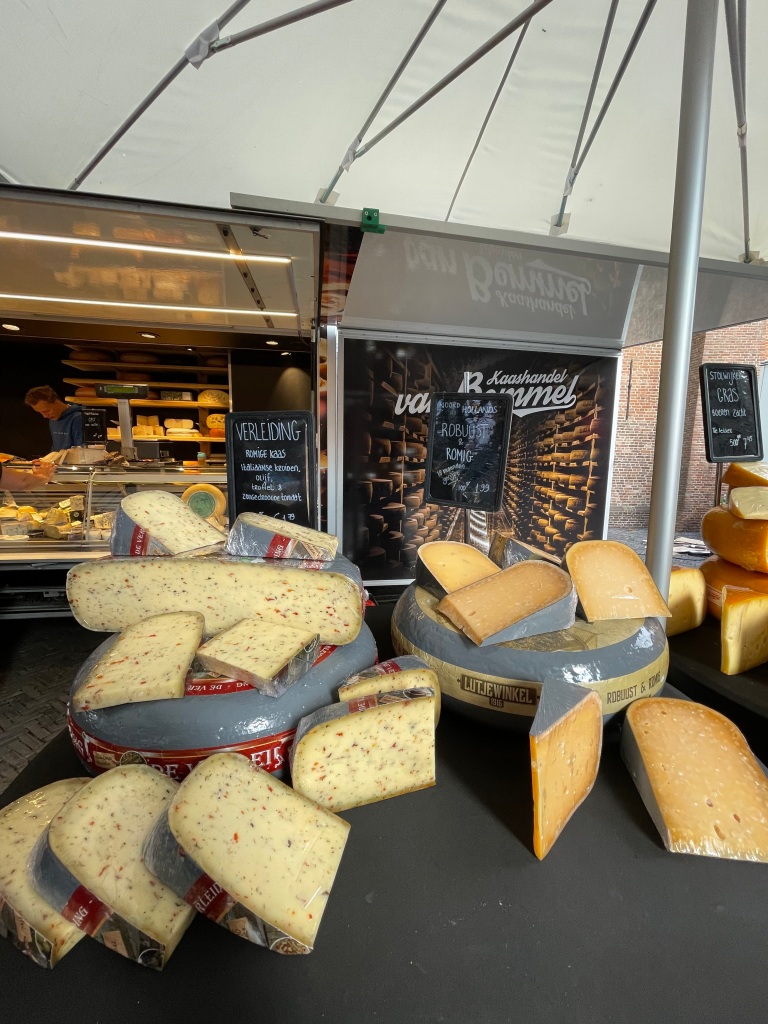
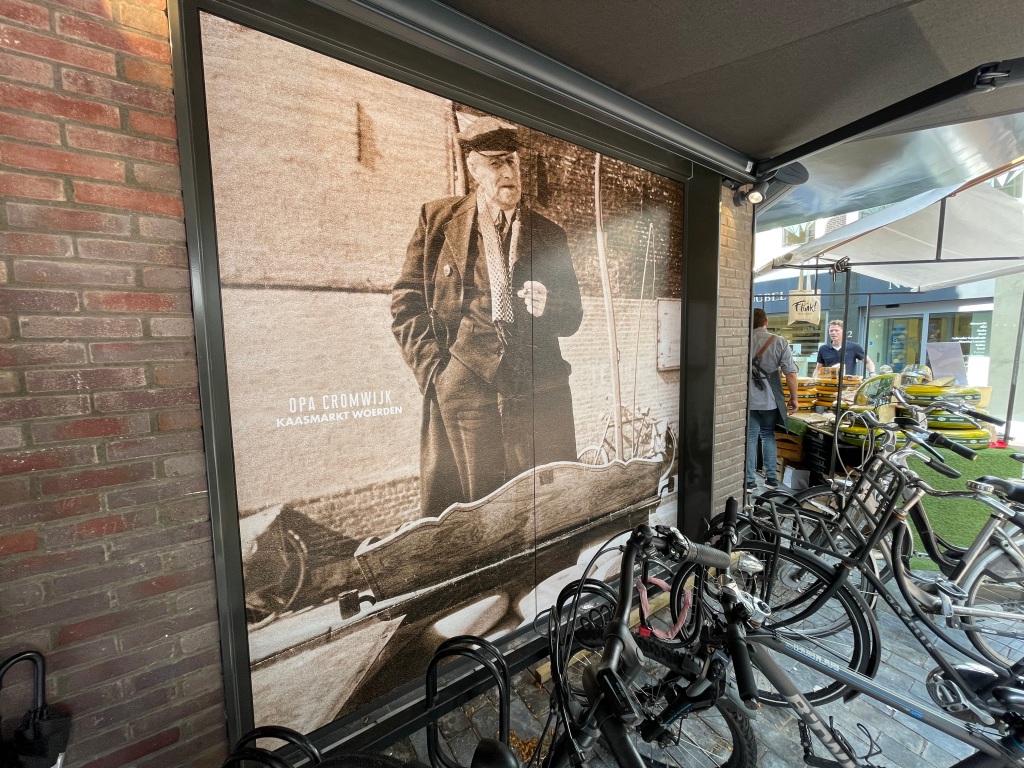
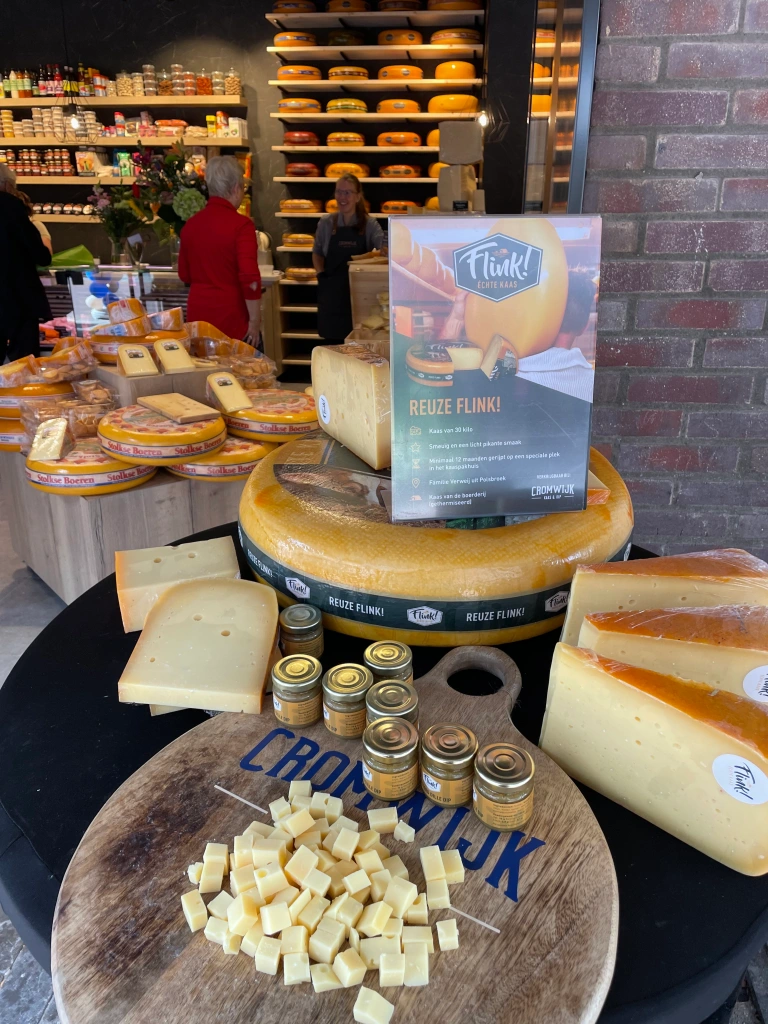
From Woerden I drove to Oudshoorn, because my mom Susan lives in Baron van Reedestraat in Oudtshoorn. Though Oudshoorn was a town, it is now amalgamated into Alphen aan den Rijn (1918) and there’s actually very little reference to Oudshoorn. Oudtshoorn (the one with the t after the d is the town in South Africa) is named after Baron Pieter van Reede van Oudshoorn (which is the town, that’s not a town anymore, in The Netherlands). Pieter was born in Utrecht (in The Netherlands, not the neighbouring town to my town of birth Dundee in Northern Natal, South Africa, not Brazil – wow, these colonial names make accurate story telling cumbersome) in 1714. He was ‘Heer’ or Baron of Oudshoorn, Ridderbuurt and Gnephoek. Those are all now little suburbs of Alphen aan den Rijn. Baron van Reede was appointed the Governor of Die Kaapkolonie in 1772, but he died at sea on his way to fill his post in SA and never was the sitting governor of the Cape.
In Oudshoorn, van Schaik is the go-to guy for authentic delicious ‘stroopwafels’ and not the bookstore where I bought my university handbooks.
I didn’t see any ostriches.


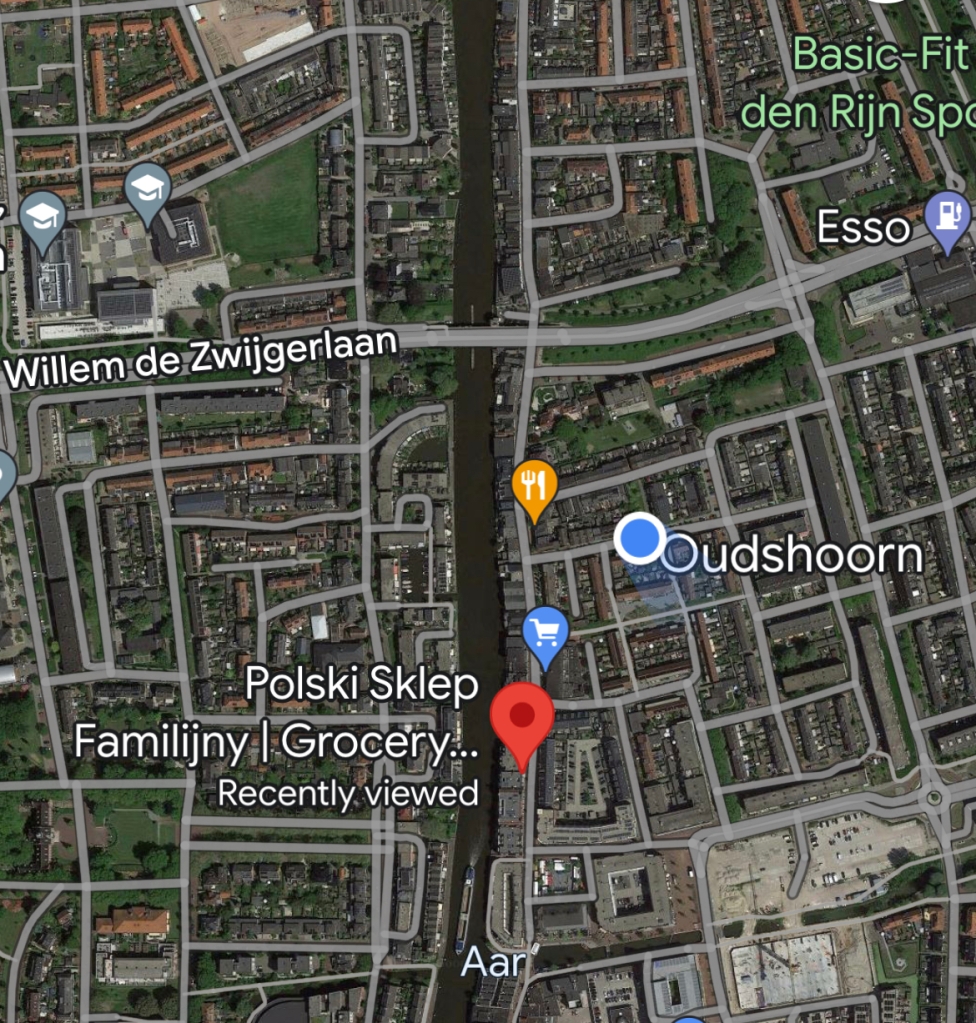
I ended my daytrip with a stroll on the beach, where many German bunkers, which form part of the Atlantic Wall, are still visible.
The Netherlands is a stunning travel destination, and the links to South Africa is a real pleasure to explore.
